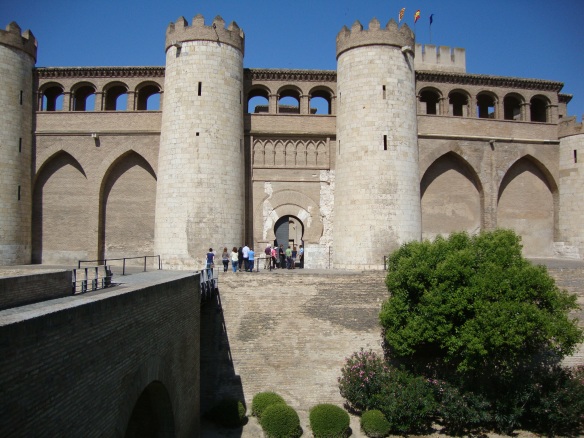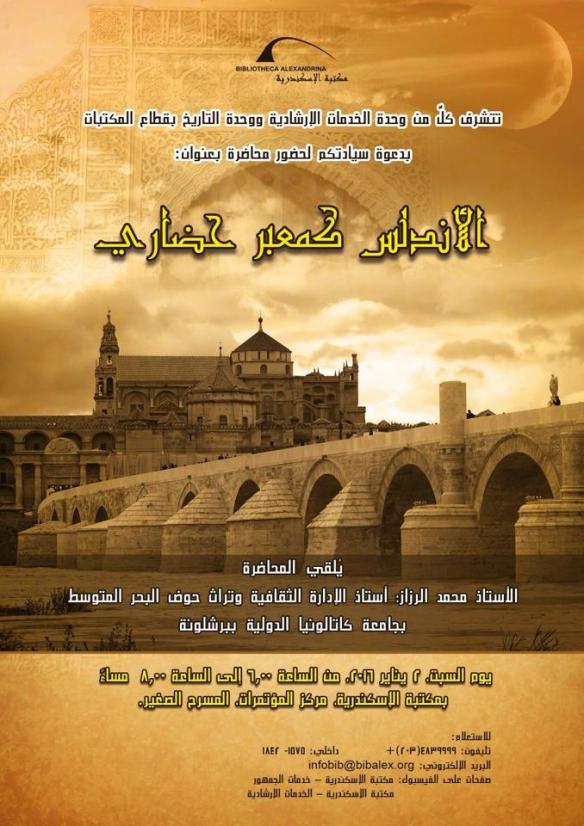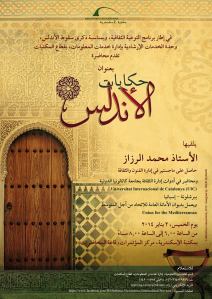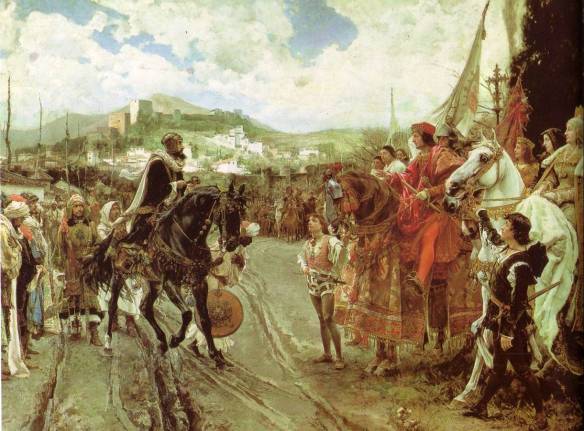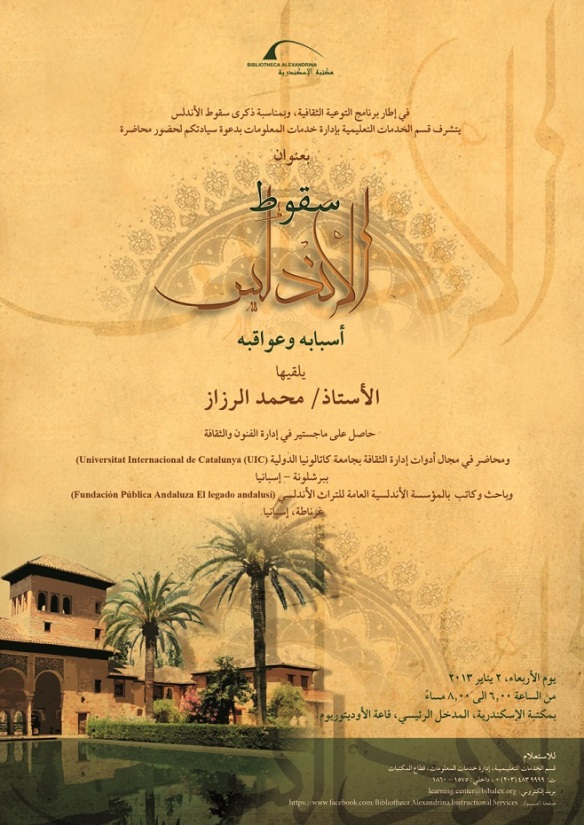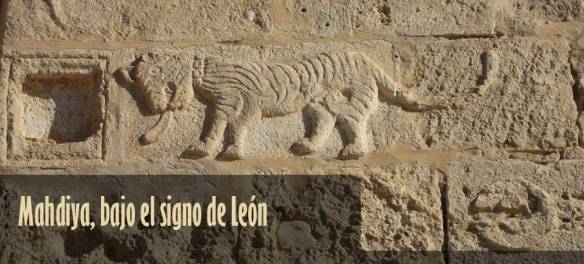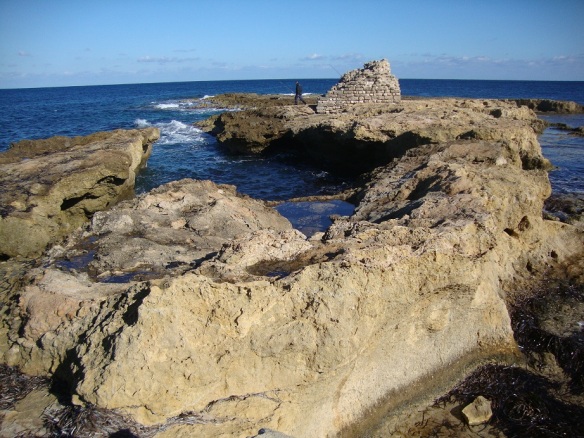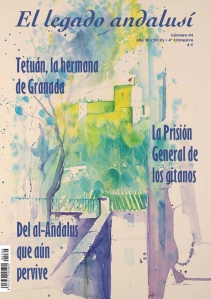كان وصول شاب أموي هارب ومطارد للأندلس في القرن الثامن الميلادي إيذاناً بتحول تاريخي هائل أفرز فصلاً مشرقاً وعصراً ذهبياً للحضارة الإسلامية في هذا الجزء من العالم، والذي صار نبراساً ومنارة للعلم والآداب لقرون عدة. لم يكن هذا الشاب يحلم بأن يعيد إرساء دعائم الدولة الأموية في الغرب بعد انقطاعها في الغرب على أيدي العباسيين، وأن يصير اسمه، عبد الرحمن الداخل، مرادفاً للنهضة والاستنارة والأخذ بالأسباب وتجاوز المصاعب من غربة ومكائد، وهو ما دفع بأعدائه لتلقيبه بصقر قريش.
تحولت الأندلس لاحقاً من إمارة إلى خلافة، وتألقت حواضر الأندلس متجاوزة نظيراتها في أوروبا، ومستحضرة رقي وزهو المشرق في دمشق وبغداد وغيرها من المدن، إلى أن تكاثفت السحب أو عوامل السقوط فحجبت شمس الأندلس ودبت الفوضى في عموم البلاد.
عقب انهيار الخلافة الأموية في الأندلس واندلاع الحرب الأهلية، شهدت الأندلس حالة من التشرذم السياسي والقبلي أفرز انقسام دولة الإسلام في القرن الحادي عشر الميلادي إلى نحو ثلاثين من الطوائف المتناحرة والمتنافسة فيما بينها، كثيراً ما تحالفت مع الممالك المسيحية في الشمال ضد طوائف إسلامية أخرى، الأمر الذي أدى إلى انفراط عقد الأندلس وتعاظم خطر حركة استرداد الأراضي التي شنها المسيحيون من أجل استرجاع مدن أسبانيا والبرتغال. برزت طوائف كثيرة في المشهد السياسي مثل بنو هود وبنو الأفطس وبنو عباد وغيرها من الطوائف إذ تمزقت أوصال الأندلس واستقل كل حاكم بولايته أو مدينته.
يمثل عصر الطوائف بالأندلس حالة تاريخية فريدة وجديرة بالبحث والدراسة، إذ أن التناحر السياسي والعسكري لم يمنع ظهور نهضة ثقافية وعلمية وعمرانية ما زالت بعض آثارها قائمة إلى الآن. ينتصب قصر الجعفرية أمام الزائر كقلعة أسطورية هبطت لتوها من السماء. القصر هو أهم أثر قائم من عصر الطوائف، ويحمل اسم أبو جعفر المقتدر، أحد حكام طائفة بنو هود في سرقسطة. الإبهار ذاته ينتظر الزائر في مدن أخرى مثل طليطلة حيث بقايا مسجد من عصر طائفة بنو ذي النون وغرناطة حيث بوابة إلبيرة من عمل طائفة بنو زيري ومالقة أو مالاجا حيث قصبة أو قلعة طائفة بنو حمود.
وإذ ننتقل من العمارة والعمران للفكر والآداب والفنون، فحدث ولا حرج، فقد أفرز عصر الطوائف بعض أهم العقول والمواهب من أمثال ابن حزم صاحب كتاب طوق الحمامة، والعاشقين ابن زيدون وولادة بنت المستكفي اللذين أثروا الأدب الأندلسي بشعرهم في الغزل، والشعراء ابن عمّار والسرقسطي وابن دراج القسطلي. وفي سياق موازي، كان العلم حاضراً وبقوة في عصر الطوائف ممثلاً في الفلكي النابغ الزرقالي وعالم الفلاحة ابن بصّال وعالم النبات ابن وافد.
يعزوا العديد من المؤرخين المشرقيين والغربيين ذاك المشهد الثقافي الغني على الرغم من المناخ السياسي الخانق لبعض العوامل منها تنافس الطوائف فيما بينها على ميراث قرطبة كعاصمة للعلم والثقافة رغبة منهم في لعب هذا الدور وإدراكاً لأهمية الآداب والفنون في إثراء الحياة الاجتماعية والثقافية. كذلك، فقد لعب بعض الحكام المستنيرين من أمثال الملك الشاعر المعتمد بن عباد صاحب أشبيلية دوراً هاماً في تشجيع واحتضان المواهب الفذة واستقطابها للبلاط.
وعلى الرغم من تلك الومضات، إلا أن الوضع في الأندلس لم يسمح لتلك الطوائف بالاستمرار طويلاً، وكان لسقوط لؤلؤة الأندلس طليطلة في أيدي المسيحيين في عام 1085 م دوياً هائلاً، إذ دب الفزع في نفوس الأندلسيين الذين ضجوا بحالة الوهن والانقسام، فقاموا بمراسلة دولة المرابطين في المغرب من أجل انقاذ الأندلس وتوحيدها من جديد. انضم العديد من الفقهاء في تلك الدعوة استهجاناً منهم لانصراف ملوك الطوائف عن واجب الجهاد وتفرغهم لحياة الدعة واللهو، وكان من بين أبرز الفقهاء المطالبين بتدخل المرابطين الفقيه أبو بكر الطرطوسي والذي توفي في مصر.
استجاب المرابطون البربر بقيادة يوسف بن تاشفين للنداء، فعبروا البحر وأوقفوا الزحف المسيحي في معركة الزلاقة، ثم استداروا لحل ممالك الطوائف ونفي بعض حكامها إلى المغرب. ضم المرابطون الأندلس لدولتهم، فانتهى عصر الطوائف وبدأ عصر جديد في الأندلس التي لم تنجح في استرداد بريقها مجدداً إلى أن سقطت بسقوط مملكة غرناطة في عام 1492 م. وإلى يومنا هذا يستخدم الأسبان مصطلح الطوائف للدلالة على أي فريق من الناس فشل في إحراز الاتفاق والوفاق، إلا أنهم أيضاً يقفون مشدوهين أمام عمائر الطوائف في أشبيلية وسرقسطة وألمرية وغيرها من المدن
